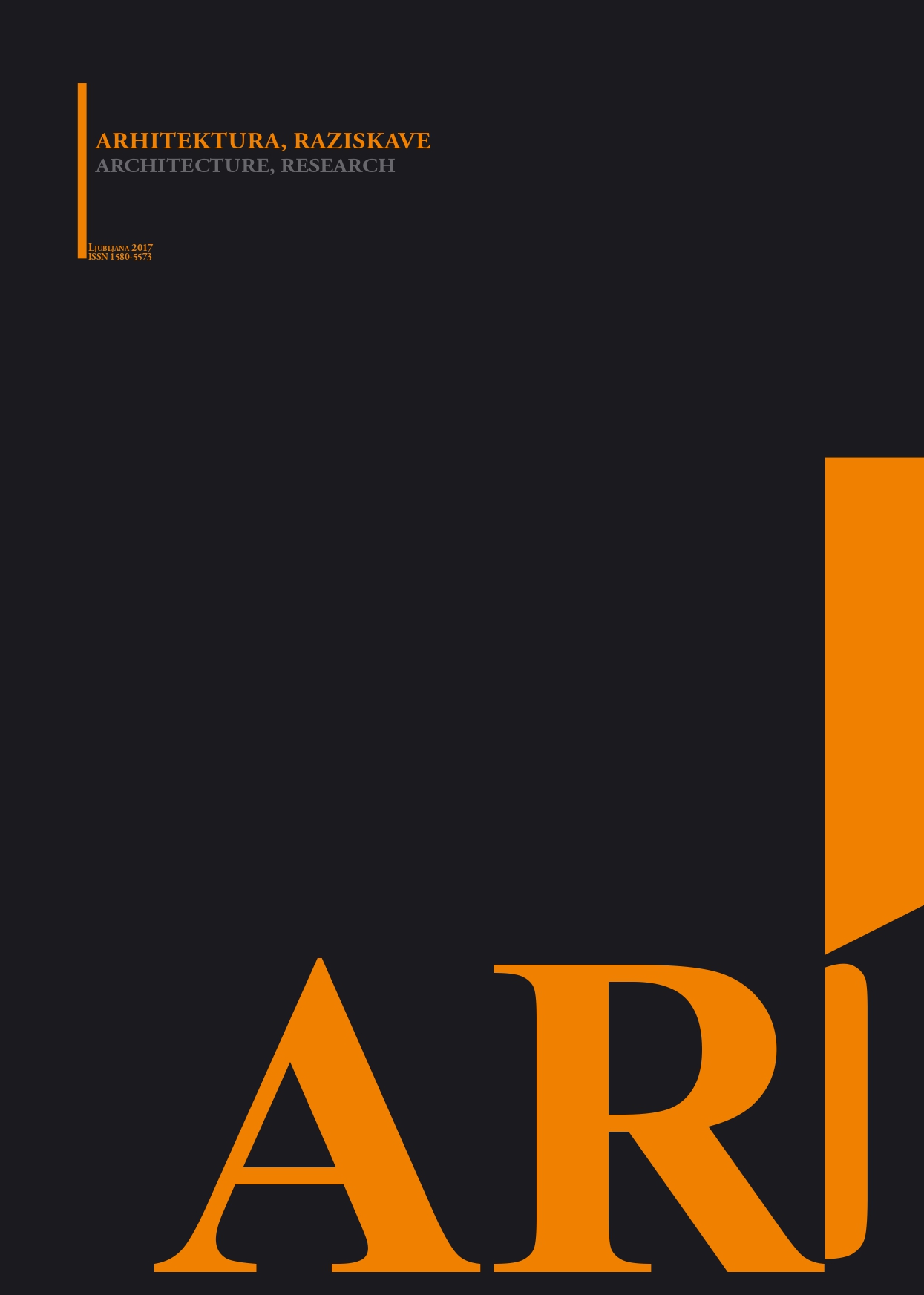ISTORIJSKI URBANI KONTEKTS – INTERPOLACIJA KAO VID URBANE OBNOVE U PODGORICI
HISTORICAL URBAN CONTEXT – INTERPOLATION AS A TYPE OF URBAN RENEWAL IN PODGORICA
Author(s): Ema Alihidžić Jašarović, Sanja Paunović ŽarićSubject(s): Museology & Heritage Studies, Architecture, Rural and urban sociology
Published by: Fakulteta za arhitekturo, Univerza v Ljubljani
Keywords: Interpolation; Façade; Collective memory; Bokeška Street; Architecture within the context;
Summary/Abstract: Town memory, situated in the stratification of its development, represents an essential factor in determining key generators of identity and identification of material and non-material heritage as the pillar of its urban continuity. The uniqueness and authenticity of architecture, which represent the accumulation of everything composing genius loci and zeitgeist in which it occurs, stem from the viewpoint that architecture may be examined only in relation to the context of its historical development. Therefore, urban past should represent the preparation for entrance into the future. The study starts by giving an overview of how different interpolation methods that is possible to act in historical urban context, with regard to the context of Podgorica. The work provides an overview of the role of interpolation as the most active type of urban renewal or "aesthetic veneer" of newly built structures. Thus, Bokeška Street today represents a newly activated gathering centre, and it usually happens that, due to identity crisis, historical trends in town development present the return to the old part of the town as the confluence of identity values and collective memory. There is a question of final viewpoint regarding interventions in Bokeška Street. Is there any successful interpolation model which guarantees a quality compromise?
Journal: AR Arhitektura, raziskave
- Issue Year: 2017
- Issue No: 1
- Page Range: 26-45
- Page Count: 20
- Language: English, Serbian

